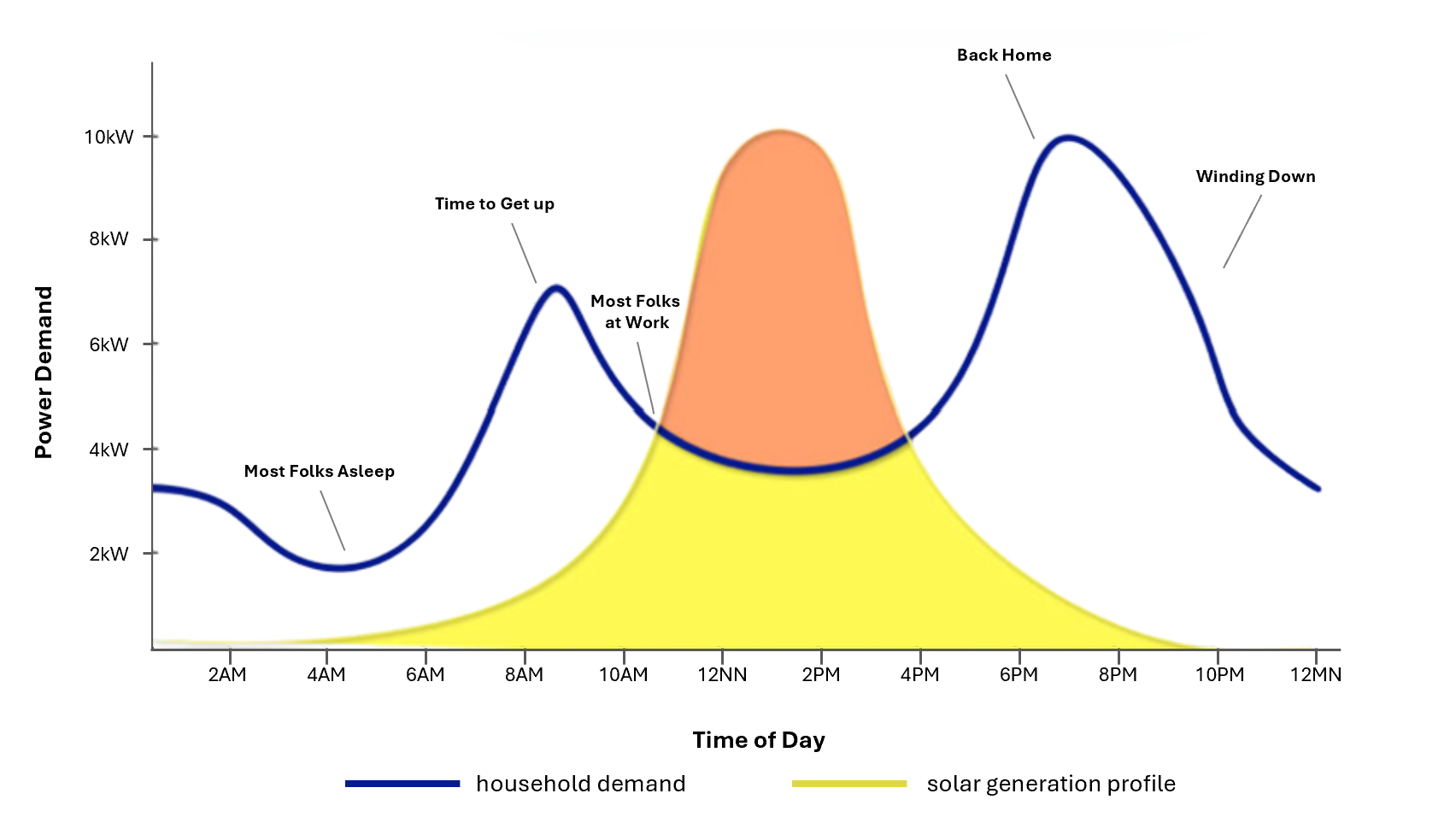Twynam leads Vycarb’s Pre-Seed Round to rapidly scale ocean carbon removal targeting <US$100 per tonne
Twynam is thrilled to make our fifth investment from the Twynam Earth Fund, leading Vycarb’s Pre-Seed raise. Vycarb builds and deploys hardware-software systems that remove and store CO₂ in water, enabling fully-measured, permanent, and affordable ocean carbon dioxide removal (CDR).

Carbon Removal Is Necessary
Reducing Greenhouse Gas (GHG) emissions alone will not be enough to prevent and reverse climate change. Even if we reached net zero tomorrow, we have still reached a warming of 1.1ºC above pre-industrial levels. CDR is absolutely required to drawdown the anthropogenic CO2 in our atmosphere, and for hard-to-abate emissions.
The Intergovernmental Panel on Climate Change (IPCC) estimates, in a 1.5C scenario, that 6 gigatonnes of CO₂ must be removed every year by 2050. That is a value greater than the emissions of the US in 2022.
The Challenges to Carbon Removal
Carbon removal, however, faces barriers around permanence, measurement, cost, and scalability.
- Permanence: for CDR to be effective, it needs to be undisturbed for centuries to millennia. However most natural carbon removal, such as carbon stored in soil and trees, are vulnerable to droughts, wildfires, insect outbreaks and harvesting. They can only hold permanence for up to 25 years. Alternative CDR methods, such as bio-energy with carbon capture, can result in increased emissions of nitrous oxide and methane, two powerful greenhouse gases.
- Measurement, Reporting, Verification (MRV): Not all credits are created equal. The carbon offset market has been plagued with scandals and controversy (for example, reports found a Shell plant reported millions of carbon credits for carbon that was never captured). High-quality credits need to be measured, not just modelled. This is an enormous difficulty with any chemical, natural, or biological process.
- Cost & Scalability: CDR is expensive. A recent paper estimated the cost of DAC to be US$230-540 per tonne of CO₂ by 2050, a figure double that of previous estimates. In May, the world’s largest direct air capture plant opened to capture 36,000 tonnes of CO₂ annually at US$1,000 per tonne. While it is progress, the high costs and limited capacity highlight the challenges of scaling to gigatonne levels. Certain CDR designs are face difficulty in scaling manufacturing. To achieve 6 Gt of removal, the cost of CDR needs to drop dramatically, and units need to be mass manufactured.
Introducing: Vycarb
Vy-Carb builds and deploys hardware-software systems that remove and store CO2 (CDR) in water. The technology works through Ocean Alkalinity Enhancement (OAE), replicating a natural process where CO2 binds to an alkaline such as a crushed rock. Vycarb speeds up this process in bodies of water with elevated levels of CO2, deacidifying the water and removing CO2.
This makes the carbon removal and storage reaction immediate, permanent and fully measurable, unlike other approaches to marine carbon dioxide removal and OAE. Vycarb's real-time direct measurement technology automatically quantifies and self-optimises their process, enabling accuracy and unlocking high quality offsets.
Vycarb’s system doses alkaline minerals to an enclosed reactor submerged under the water, leveraging natural water flow to reduce energy use. CO₂ dissolved in the water reacts with the alkaline material to produce stable molecules such as bicarbonate. The carbon molecules remain stable in water for 10,000+ years, representing permanent, durable and affordable carbon storage. On top of this, the process produces an ecological benefit by combatting ocean acidification.

Vycarb measures, not models, the change in CO₂. Vycarb's unique advantage is in advanced sensing, which monitors the process in-situ and real-time, at very high levels of precision. By using highly scalable modular design, Vycarb is targeting costs well under US$100/tonne. They have sold several offset pre-purchases to the likes of Stripe and Milkywire and were recently selected by the US Dept of Energy as a potential provider of CDR offsets for the first-ever offset purchase by the US federal government.
Vycarb's technology addresses the critical challenges facing carbon dioxide removal: permanence, measurement, cost, and scalability. Their innovative approach enables carbon storage for 10,000+ years at under US$100/tonne, with real-time, precise measurement. Partnering with a range of universities, aquaculture groups, and independent third-parties, Vycarb has shown that their approach has no negative consequences on local ecosystems, and quantitatively reverses local ocean acidification, benefitting marine life. As the need for gigatonne-scale CDR grows increasingly urgent, Vycarb is well-positioned to play a crucial role in climate change mitigation. Twynam is committed to supporting technologies like Vycarb's that can drive systemic change in decarbonisation.

What's Next For Vycarb?
Vycarb has wasted no time in putting our investment to work. In just six months, they've scaled their CO₂ removal process from kilograms per year to tonnes per year, launching their largest demonstration project to date in New York City's East River. This demonstration plant can capture up to 100 tonnes of CO₂ per year and Vycarb has been showing it off to guests at NY Climate Week. On the backs of this momentous achievement, Vycarb has also recently secured an investment from Rio Tinto, and is planning their next project with the international mining conglomerate, as well as continuing to scale up in the US with local partners in NYC and beyond.

We are looking forward to supporting Vycarb as they scale their technology and transition from tonnes to Gigatonnes of Carbon Dioxide Removal.




